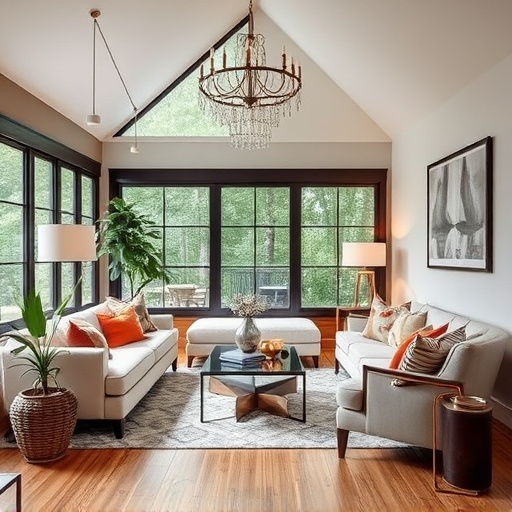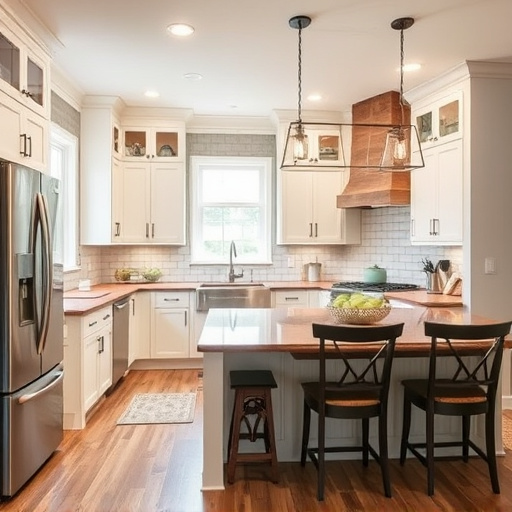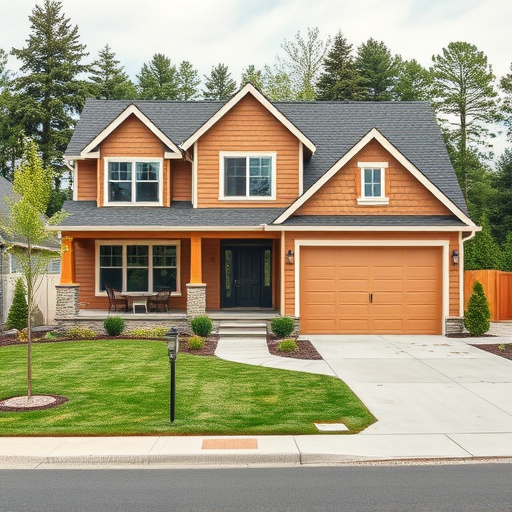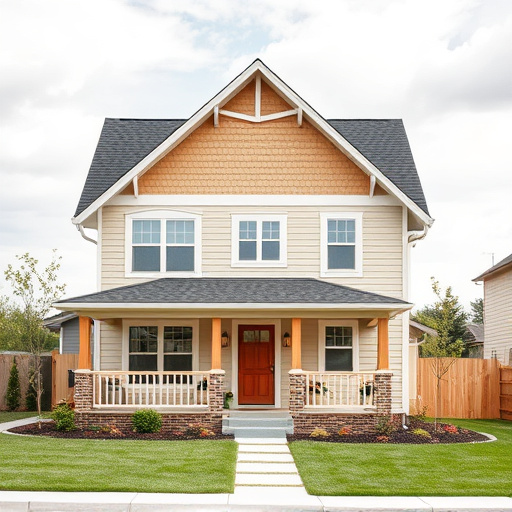Zoning laws play a pivotal role in shaping the commercial design landscape by regulating land use and structure development. For professionals in architecture, development, and construction, understanding these regulations is paramount to ensure designs meet legal standards. When planning any commercial space, from new constructions to renovations, designers must consider zoning rules covering building height, floor plans, signage, and parking. Compliance goes beyond avoiding penalties; it promotes safety, accessibility, and aesthetic harmony, contributing to sustainable business growth. Effective navigation of zoning laws leads to innovative design solutions that maximize space, enhance customer experiences, and ensure legal compliance, ultimately fostering vibrant commercial spaces tailored to diverse business needs.
Zoning laws, the unsung heroes of urban planning, play a pivotal role in shaping the built environment, particularly when it comes to commercial design. These regulations dictate land use, building height, and architectural elements, influencing everything from space utilization to overall layout. Understanding these laws is essential for designers and developers aiming to create functional, aesthetically pleasing, and compliant commercial spaces. This article explores how zoning requirements impact commercial design and offers strategies to navigate them successfully.
- Understanding Zoning Laws: The Foundation of Commercial Design
- Impact on Space Utilization and Layout Decisions
- Strategies for Navigating Regulations and Achieving Desired Designs
Understanding Zoning Laws: The Foundation of Commercial Design
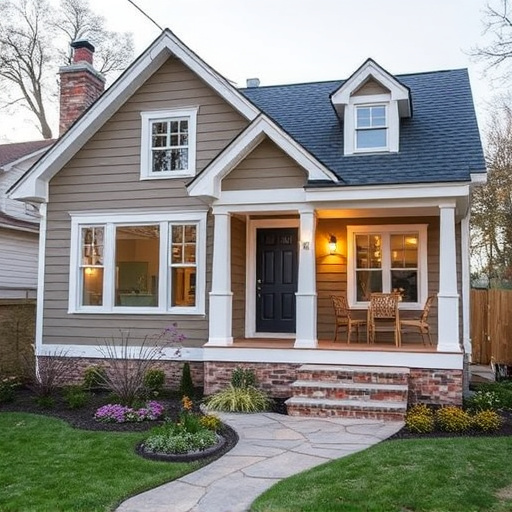
Zoning laws are the cornerstone that supports the commercial design landscape. These regulations, established by local governments, dictate how land can be used and what structures can be built in specific areas. Understanding this framework is paramount for any commercial design project. Architects, developers, and contractors must navigate these rules to ensure their designs adhere to legal requirements.
When planning a commercial space, whether it’s a new construction or renovation—such as a kitchen remodel, bathroom renovations, or home additions—designers need to consider zoning regulations that impact everything from building height and floor plans to signage and parking requirements. Compliance with these laws is not just about avoiding penalties; it ensures the safety, accessibility, and aesthetic harmony of the built environment, fostering sustainable growth for businesses and communities alike.
Impact on Space Utilization and Layout Decisions

Zoning laws play a pivotal role in shaping the way commercial spaces are designed and utilized. These regulations dictate land use, building height, density, and other critical aspects, directly influencing how businesses operate within their physical surroundings. For instance, strict zoning rules might limit the size of retail units or restrict certain types of industries to specific areas, impacting both new constructions and existing establishments.
When it comes to commercial design, these laws drive creative strategies in space utilization and layout decisions. Businesses must adapt their plans to comply with set parameters, often leading to innovative solutions. This could mean designing functional spaces that maximize every square meter, incorporating adaptable features for future changes, or integrating specific design elements to adhere to aesthetic guidelines while enhancing the overall customer experience, such as in a customized home renovation project focusing on kitchen remodel.
Strategies for Navigating Regulations and Achieving Desired Designs

Navigating zoning laws is a crucial step in achieving your desired commercial design. Start by thoroughly researching local regulations and understanding the specific rules that apply to your project, focusing on building codes, set-back requirements, signage restrictions, and accessibility standards. Engage with architects and designers who have experience working within these constraints—they can offer valuable insights and innovative solutions tailored to both your design vision and legal requirements.
Consider a multiple room remodel or bathroom renovations as examples where compliance is key. For instance, functional spaces must adhere to specific dimensions for accessibility, and renovation projects often require permits that ensure structural integrity. By aligning your designs with zoning regulations from the outset, you can avoid costly delays and potential legal issues down the line. This strategic approach allows for the creation of vibrant, safe, and legally compliant commercial spaces that cater to diverse business needs, whether it’s a modern office or a welcoming retail environment.
Zoning laws play a pivotal role in shaping the commercial design landscape, influencing space utilization and layout decisions significantly. By understanding these regulations and employing strategic navigation, designers and developers can overcome constraints and create innovative, functional spaces that cater to modern business needs. Leveraging legal loopholes and staying abreast of changing zoning ordinances empowers professionals to achieve their desired commercial designs while adhering to local guidelines.






